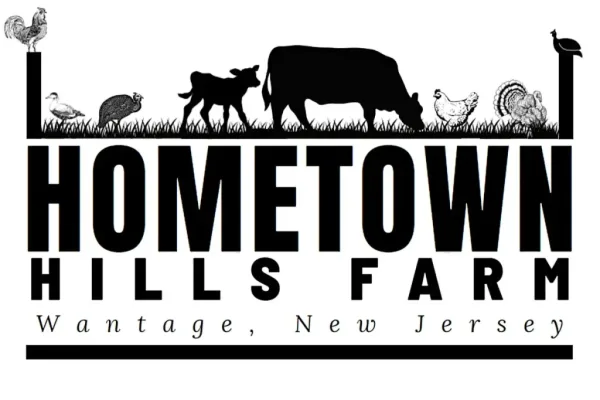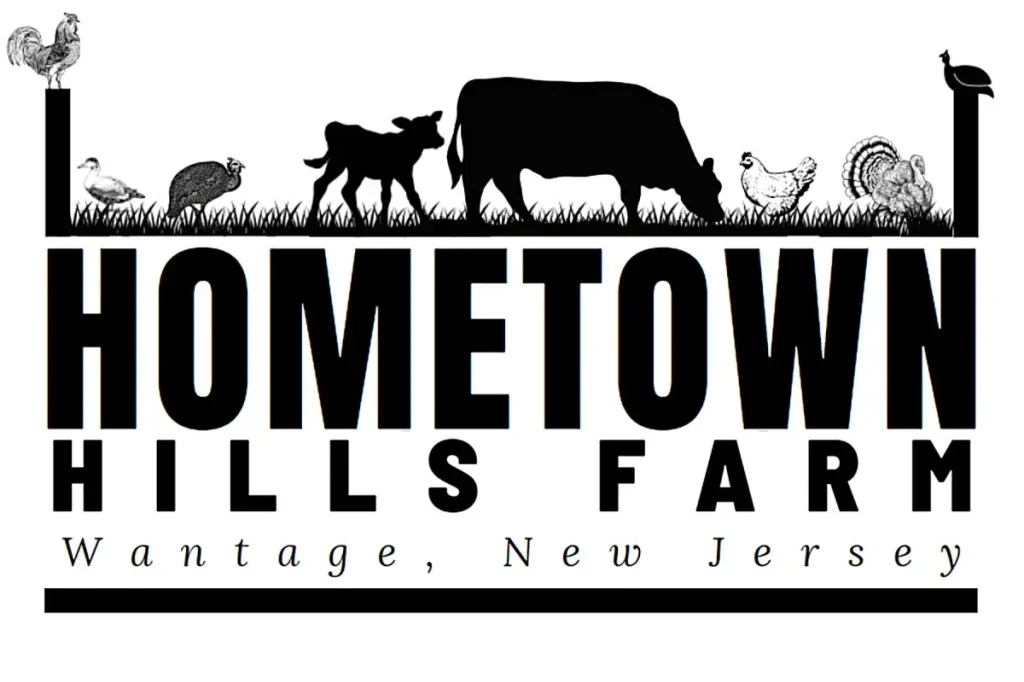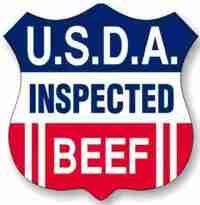Product of USA meat label
Did you know that companies can import meat from other countries, package it here, and still slap a ‘USA product’ label on it? That’s right—‘Made in the USA’ doesn’t always mean what you think. At Hometown Hills Farm, we’re different. Our grass-fed beef is 100% American—born, raised, grazed, and processed right here in New Jersey. Want beef you can trust? Check out hometownhillsfarm.com for the real deal.
Meat labeling laws in the United States are designed to ensure that consumers receive accurate information about the meat they purchase, while also balancing industry practices and international trade considerations. These laws are primarily overseen by the U.S. Department of Agriculture (USDA) through its Food Safety and Inspection Service (FSIS), which regulates meat, poultry, and egg products under the Federal Meat Inspection Act (FMIA), the Poultry Products Inspection Act (PPIA), and the Egg Products Inspection Act (EPIA). Here’s an explanation of how these laws work, with a focus on key aspects like origin claims, mandatory labeling requirements, and recent changes.
Country of Origin Labeling (COOL) and “Product of USA”
One of the most debated aspects of meat labeling is the use of origin claims, such as “Product of USA” or “Made in the USA.” Historically, the USDA allowed meat to be labeled as a “Product of USA” if it was minimally processed or packaged in the United States, even if the animals were born, raised, and slaughtered elsewhere. This meant that imported meat could legally carry a “USA” label, which many consumers found misleading, as they assumed it indicated the animal’s entire lifecycle occurred in the U.S.
- Past COOL Requirements: In 2002, the Farm Bill introduced mandatory Country of Origin Labeling (COOL) for certain products, including beef, pork, lamb, and poultry, requiring retailers to specify where the animals were born, raised, and slaughtered. However, after Canada and Mexico challenged the beef and pork provisions through the World Trade Organization (WTO) in 2009, arguing it discriminated against imported livestock, the U.S. lost the case. Congress repealed COOL for beef and pork in 2016, leaving it in place for lamb, chicken, and goat meat, among others. This rollback allowed imported beef and pork to be labeled “Product of USA” if processed domestically, fueling concerns from American ranchers and consumers about transparency.
- 2024 Rule Change: Responding to public outcry and advocacy from farmers, the USDA finalized a rule in March 2024 (effective January 1, 2026) that tightens the “Product of USA” and “Made in the USA” voluntary label claims. Now, these labels can only be used if the animals are born, raised, slaughtered, and processed in the United States. This applies to both single-ingredient products (like a steak) and multi-ingredient products (like sausage), where all FSIS-regulated components must meet the same standard, though spices and flavorings are exempt from origin requirements. Other voluntary claims (e.g., “Packaged in the USA using imported beef”) are allowed but must specify the U.S.-based processing steps clearly on the label. This shift aims to prevent consumer deception and support domestic producers, though compliance remains voluntary and relies on companies maintaining documentation.
Mandatory Labeling Requirements
Beyond origin, meat labels must include several mandatory elements to comply with FSIS regulations, ensuring safety and clarity:
- Product Name: The label must accurately describe the product (e.g., “Ground Beef,” “Pork Loin”) using USDA-approved definitions. If the meat is processed (e.g., smoked or cured), that must be specified.
- Inspection Legend: An official USDA mark of inspection, including the establishment number, indicates the product was processed in a federally or state-inspected facility.
- Net Weight: The amount of meat in the package (e.g., pounds or ounces) must be listed, though this may be omitted if weighed at retail.
- Ingredients Statement: For products with multiple ingredients (e.g., sausages), all components must be listed in descending order by weight. If an ingredient is less than 2% of the total, it can be noted as “contains less than 2% of.”
- Safe Handling Instructions: Raw or partially cooked meat requires instructions like “Keep refrigerated” or “Cook thoroughly” to ensure safe consumption. Fully cooked or ready-to-eat products are exempt.
- Name and Address: The label must include the name and location of the manufacturer, packer, or distributor, sometimes with a qualifying phrase like “Distributed by.”
Voluntary Claims and Marketing
Producers often add voluntary claims like “Grass-Fed,” “Organic,” or “Natural” to appeal to consumers. These are regulated by the USDA to prevent false advertising:
- Grass-Fed: Indicates the animal was primarily fed grass or forage, but producers must submit documentation to FSIS for approval.
- Organic: Requires certification under the USDA’s National Organic Program, involving strict standards for feed, antibiotics, and hormones.
- Natural: Means minimally processed with no artificial ingredients, but doesn’t address how the animal was raised.
Claims must be truthful and verifiable, often with supporting evidence provided to FSIS or linked on the label (e.g., via a website).
Regulatory Oversight and Exceptions
- FSIS vs. FDA: The USDA’s FSIS oversees meat from “amenable species” (cattle, swine, sheep, goats, poultry), while the FDA regulates “non-amenable” meats (e.g., bison, venison, rabbit) under the Federal Food, Drug, and Cosmetic Act. FDA rules are less stringent, with no pre-approval required for labels, unlike FSIS’s mandatory review process for most meat labels.
- Generic Approval: Some labels, like the new “Product of USA” claim, qualify for generic approval, meaning they don’t need pre-submission to FSIS but must meet regulatory standards and be backed by records.
- Retail Exemptions: Meat packaged at retail (e.g., a butcher counter) may skip some labeling details, like net weight, if weighed at purchase.
Challenges and Criticisms
Meat labeling laws remain contentious. Critics argue the voluntary nature of the 2024 “Product of USA” rule limits its impact, as companies can opt out or use vague alternative claims. Others point to the complexity of global supply chains—where livestock may cross borders multiple times—making strict origin rules hard to enforce. Meanwhile, consumer advocates and ranchers push for mandatory, comprehensive COOL reinstatement, citing surveys showing strong public support for clear origin information.
In summary, U.S. meat labeling laws aim to balance consumer transparency, producer interests, and trade obligations. The recent “Product of USA” update marks progress toward clarity, but the system’s mix of mandatory and voluntary rules reflects ongoing tensions between regulation and market flexibility. For the most current details, especially post-March 2025, checking USDA announcements is advisable, as my knowledge reflects the state of play as of then.
Why This Matters for Families & Food Security
Label transparency isn’t just a legal issue—it’s a matter of trust. When you feed your family, you deserve to know where your food comes from. And with food supply chains as opaque as they are today, buying direct from a local farm like Hometown Hills Farm gives you peace of mind.
Final Takeaway
Until January 1, 2026, don’t assume “Product of USA” beef at your supermarket is truly American. If you’re looking for 100% local, grass-fed beef in New Jersey, we invite you to schedule a pickup with us today and taste the difference.
Share This Story, Choose Your Platform!
Grass-Fed Beef & Pastured Pork
Order Online
Discover the difference of premium, locally sourced meat with our grass-fed beef shares. Sourced directly from our sustainable Wantage, New Jersey farm in Sussex County, our cattle are humanely raised on lush pastures. Each cut is carefully selected and expertly processed to deliver unmatched freshness and flavor. Taste the exceptional quality of our grass-fed beef, raised right here in our community.


